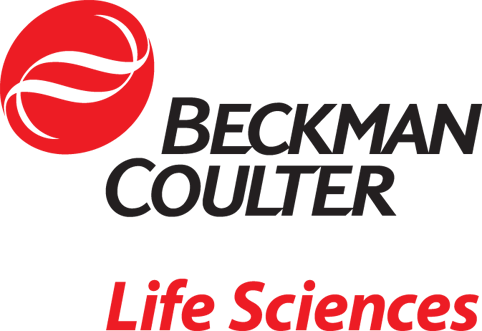Exhibitor Tutorials
There is more than NGS – New Applications using Liquid Handling Platforms
Wednesday, May 24, 2023
13:30 - 14:15 CET
Room/Location: 301 (Level -1)
Sponsored By

- KT
Kerstin Thurow, Prof. (she/her/hers)
Director of the Center for Life Science Automation
CELISCA, University of Rostock, Germany
Liquid handling methods have been established extensively in the field of biomedical applications. While buzzwords such as NGS currently dominate the market, other potential applications are often not known. This is surprising, since there will be a large market here in the future. The demand for the automation of laboratory processes from different industrial sectors is steadily increasing. This affects both large companies, but increasingly also small and medium-sized companies, as well as academic research institutions. A simple transfer of classic liquid handling systems into the new areas of quality control, environmental monitoring, medical diagnostics or even material research is usually not possible. The reasons for this lie in the much greater diversity of applications and their requirements for reaction and environmental conditions. Classic liquid handling systems can be used to automate these processes if they undergo specific adaptations and adjustments.
Within the scope of the lecture, general concepts of the automation of complex processes will be presented in general and with specific examples. Requirements, concepts, implementations, and results are presented. In addition to the classic application-related parameters such as throughput, detection limits and reproducibility, questions of the economic efficiency of the individual solutions are also considered for the concept evaluation.
Within the scope of the lecture, general concepts of the automation of complex processes will be presented in general and with specific examples. Requirements, concepts, implementations, and results are presented. In addition to the classic application-related parameters such as throughput, detection limits and reproducibility, questions of the economic efficiency of the individual solutions are also considered for the concept evaluation.

